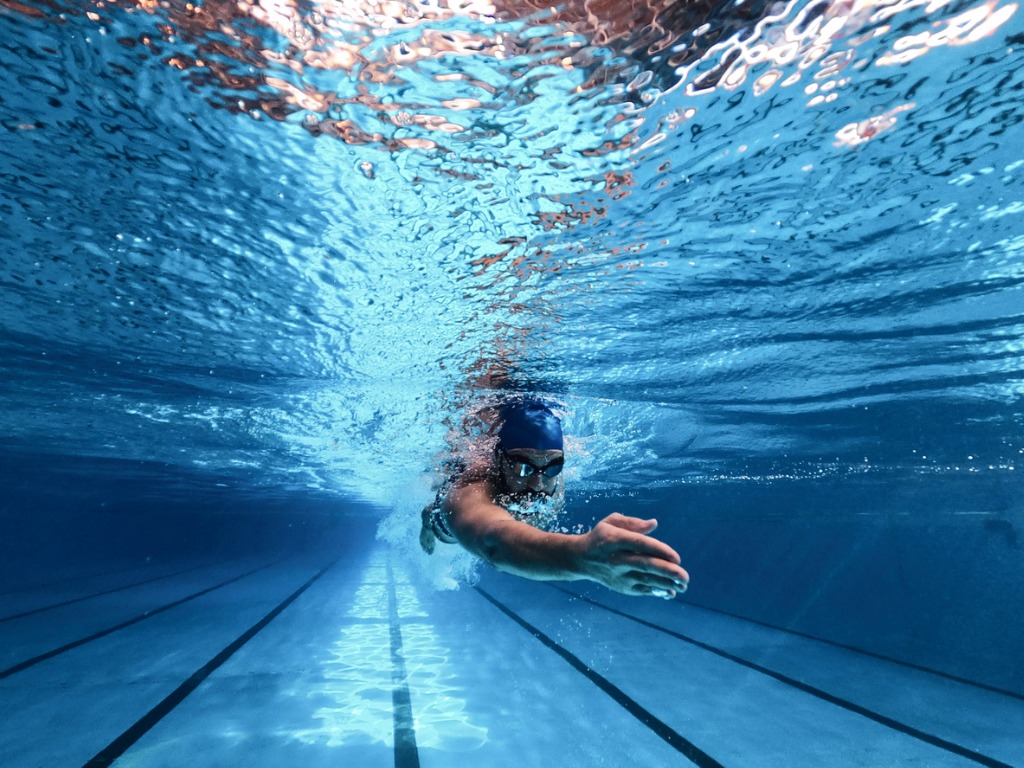News Blast Hub
Stay updated with the latest news and insights.
Swim Like a Fish, Not Like a Flop
Discover secrets to swimming effortlessly and transform your technique from flop to fluid. Dive in and unleash your inner fish today!
Top 5 Techniques to Improve Your Swim Stroke
Improving your swim stroke is essential for enhancing performance in the pool. Here are the top 5 techniques that can help you achieve a more efficient and powerful stroke:
- Focus on Proper Body Position: A streamlined body position reduces drag and increases speed. Keep your head neutral, hips high, and kick from your hips instead of your knees.
- Enhance Your Breathing Technique: Proper breathing is crucial! Exhale underwater and inhale quickly as you turn your head to the side.
- Optimize Your Arm Stroke: Ensure your arms enter the water at a 45-degree angle for maximum efficiency while maintaining a high elbow during the pull phase.
- Improve Your Kicking: A strong and consistent kick complements your arm stroke. Work on your ankle flexibility and use a flutter kick while keeping your legs close together.
- Consistency is Key: Regular practice and drills focusing on specific aspects of your stroke will lead to sustained improvement. Incorporate technique-focused sessions into your training routine.

Common Swimming Mistakes and How to Avoid Them
Swimming is a fantastic full-body workout, but many swimmers, especially beginners, often make common mistakes that can hinder their progress. One prevalent mistake is not practicing proper breathing techniques. Instead of exhaling underwater and inhaling quickly when turning their heads, many swimmers hold their breath, leading to anxiety and fatigue. To avoid this, focus on developing a rhythmic breathing pattern. Remember, breathing properly allows for a more relaxed and efficient swim, enabling you to go longer distances with less effort.
Another frequent error is neglecting to streamline the body in the water. Some swimmers tend to drag their legs or create unnecessary resistance, which slows them down. To improve your technique, practice body positioning by keeping your body as flat as possible and your legs close together. Additionally, visualize a straight line from your fingers to your toes, ensuring your head is in line with your spine. Incorporating these adjustments can lead to a noticeable improvement in speed and efficiency.
How to Build Stamina for Long-Distance Swimming
Building stamina for long-distance swimming requires a combination of consistent training, proper nutrition, and mental preparation. Start by gradually increasing your swimming distance each week, focusing on both technique and endurance. Incorporate interval training into your routine by swimming short bursts at a higher intensity, followed by periods of rest. This method not only helps to build stamina but also enhances your overall speed and strength in the water.
Nourishment plays a crucial role in supporting your training efforts. Ensure you're consuming a balanced diet rich in carbohydrates, proteins, and healthy fats. Staying hydrated is equally essential; aim to drink water before, during, and after your swims. Additionally, consider incorporating cross-training activities such as running or cycling to boost your cardiovascular fitness. Remember, listening to your body is key—take rest days when necessary to prevent injury and ensure you’re mentally prepared for the demands of long-distance swimming.